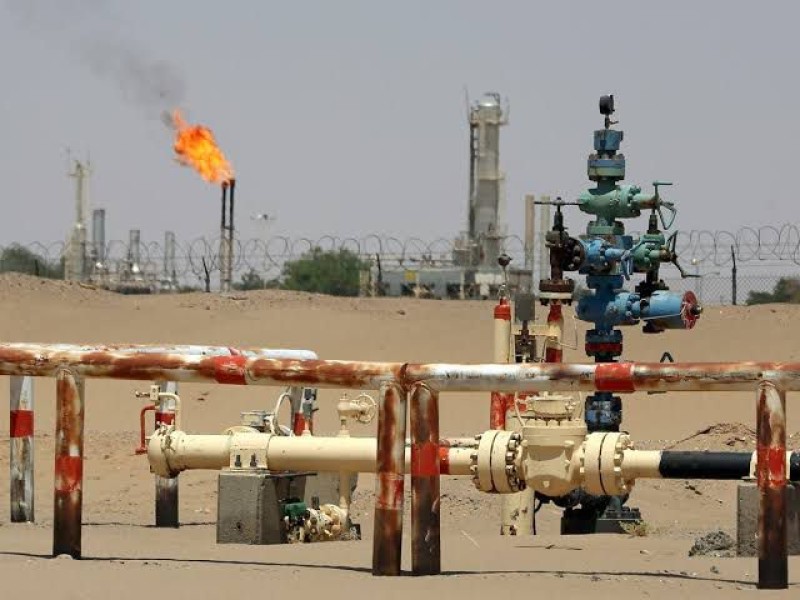Yemen: Agrometeorological update - October Issue


HIGHLIGHTS:
Rainfall decline is expected to continue except across northern Taizz and western Ibb where forecasts favour heavy downpours
The application of pesticides and fertilizers across northern Taizz and western Ibb is, therefore, discouraged during heavy downpours as they will likely be washed away
Other parts of the country will remain generally dry; the planting of rainfed seedlings is, therefore, discouraged unless supplemented by irrigation
Farmers are encouraged to intensify the scouting of Armyworms and desert locusts
METEOROLOGICAL REVIEW
With climate change, the need for evidence-based and action-oriented early warning information to drive policy, planning, and practice decisions, especially in the agricultural sector is now more urgent than ever. This is especially true for Yemen, a conflict-prone country that suffers from the effects of climate change in increasingly severe ways. An analysis of agrometeorological conditions in Yemen for September 2022 shows a sustained decrease in rainfall activities apart from over Ibb (205 mm), Taizz (Al Akahel, 168 mm), Taizz (Hawban Qadas, 162 mm), Al Hudaydah (Al Kaden, 152 mm), and Taizz (Airport, 150 mm) governorates. Overall, there was about a 70 percent decrease in rainfall activities across the country thus loosening the grip of flood-related humanitarian needs that overwhelmed the country since mid July this year.
Notwithstanding the decrease in rainfall, soil moisture levels were still sufficient to support vegetation growth. In fact, the Agricultural Stress Index (ASI), a widely used indicator of the likelihood of drought conditions across cropped areas showed exceptionally good performance throughout the month. The frequent rainfall experienced in the previous months encouraged the lush growth of greenery which unfortunately led to a spike in the number of Fall and African Armyworms (Section II).
As the end of September/beginning of October marked the transition period into winter, a gradual but steady decrease in temperatures was noted and is expected to continue. Field weather stations reported the lowest temperatures in Dhamar (Maqar-Alhya'a, 5.0°C), Aden (7.0°C), Dhamar (8.5° C), and Amran (9.0°C). As temperatures continue to drop, the cool conditions are likely to encourage the formation of frost, especially from mid December onwards in Al Bayda, Al Dhale’e, Al Jawf, Al Maharah, Al Mahwit, Amanat Al Asimah, Amran, Dhamar, and other highland governorates. The expected wave of frost in the highlands will threaten the growth of crops. Decision-making at all levels should, therefore, account for this.
The weather outlook until 21 October shows suppressed rainfall across much of the country with implications on agriculture and livelihoods (See section II). However, this being a period of frequent tropical storms, rainfall activities can change within a short time. Currently, an area of convection being referred to as Invest 92B has persisted with fragmented rainfall activities in the North Indian Ocean area. Satellite imagery shows that the tropical disturbance is moving northwestwards towards Yemen but is still far and thus poses no danger to Yemen. Farmers and the general public are encouraged to frequently follow updates.

Sana’a – A new international report has confirmed that Houthi militias continue to escalate economic measures against the commercial se…

Aden — For three decades prior to the outbreak of war, Yemen’s oil and natural gas sector played a decisive role in shaping the country…

Sana’a – The occupied Yemeni capital Sana’a is witnessing mounting economic panic and a sharp collapse in the real estate market…